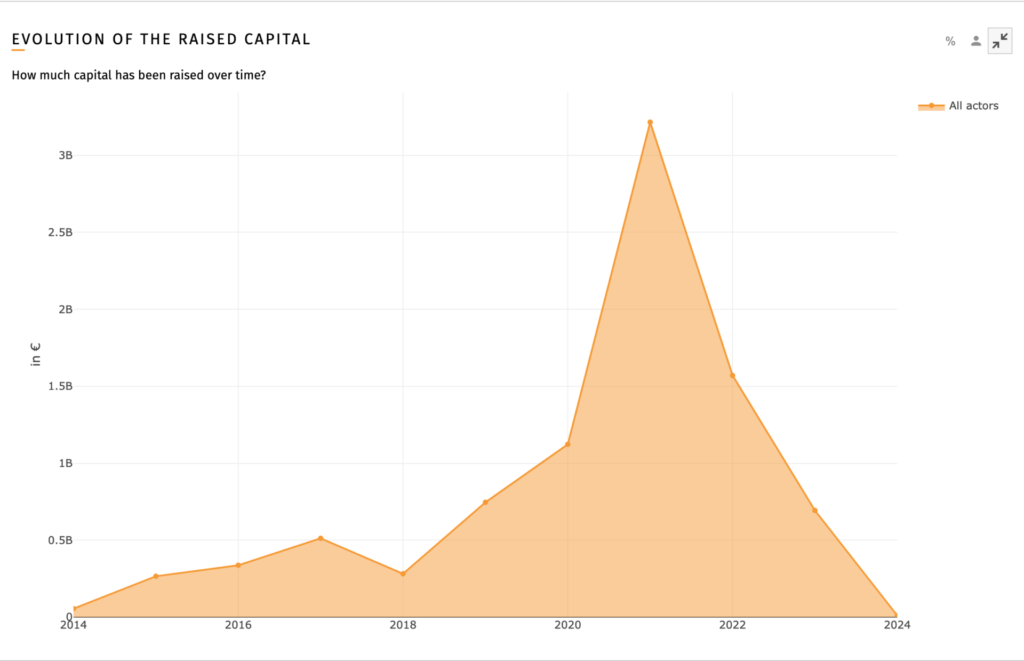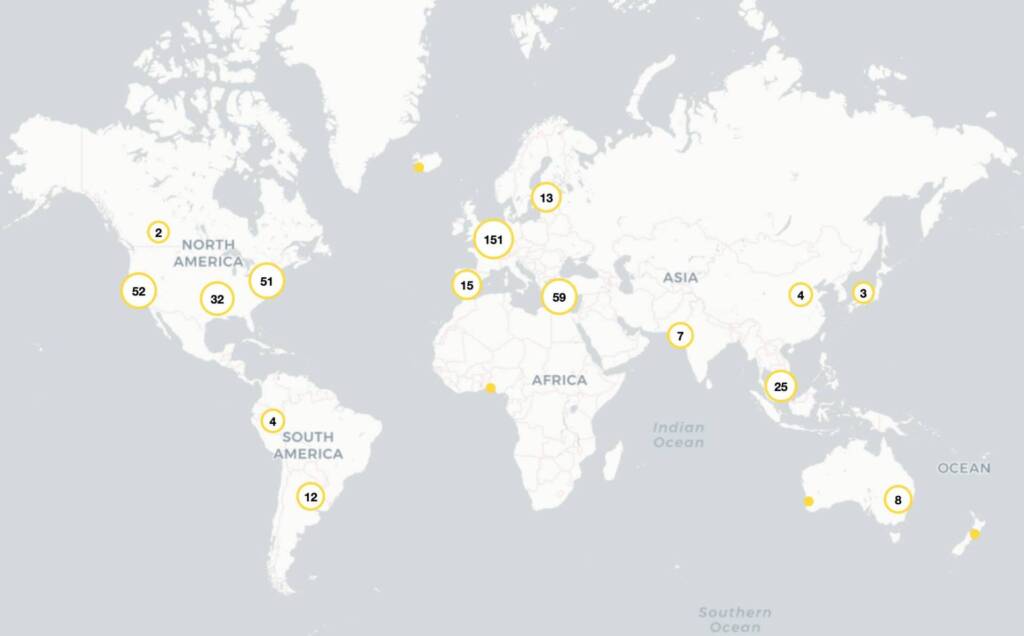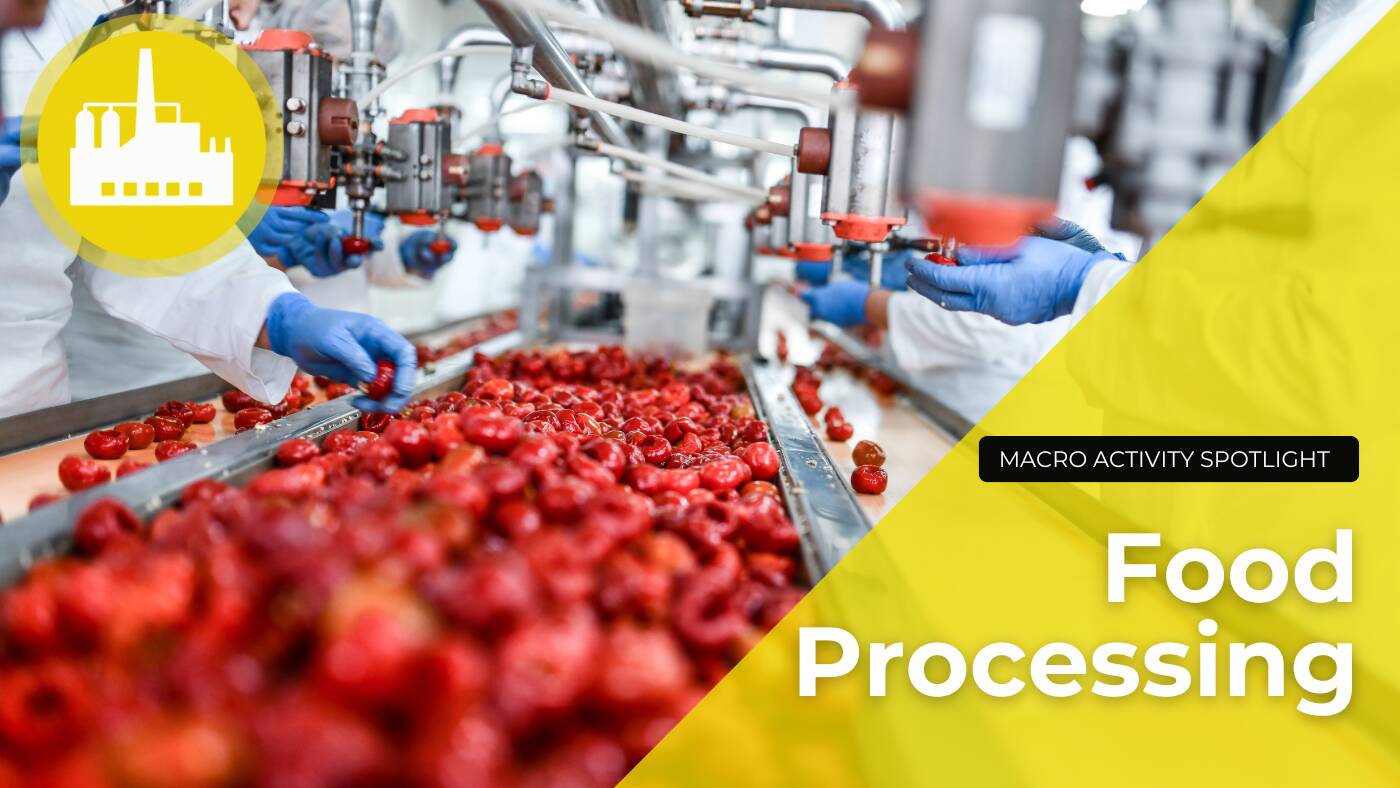Food Processing
Food processing is the culinary magic behind turning raw ingredients into the delicious meals and drinks we enjoy every day. It’s not just about cooking; it’s about enhancing safety, extending shelf life, and ensuring our food meets our dietary needs. Recent advancements include microencapsulation to protect sensitive bioactive compounds. And, innovative ingredient formulations reduce salt, sugar, and fat while keeping taste and texture. Food processing has the ability to create healthier and more sustainable food options for all.
The Role of Food Processing in Shaping the Agrifood System
Food processing is essential for maintaining a healthy and sustainable food system. It increases the choice and availability of foods year-round. Food processing extends shelf life and cuts food waste. It reduces its environmental impact and adds convenience for consumers. Moreover, food processing plays a vital role in meeting dietary recommendations by reformulating products to reduce fat, salt, and sugar content, without compromising taste or quality. Food processing incorporates essential processes like pasteurisation, preservation, fortification, and reformulation.
Trends in Food Processing
- There have been recent developments in functional foods containing health-promoting bioactive compounds while minimising synthetic ingredients. This is to meet consumer demand for healthier and more transparent food products.
- Research and development efforts focus on improving food and ingredient technologies. They aim to create new products with both healthy and tasty qualities. Innovative approaches include controlling flavour and taste release. They also involve cutting salt, sugar, and fat. And, they involve adding protein, fibre, fruit and vegetables. Lastly, they involve creating new ingredients for health and nutrition. For instance, encapsulation protects and stabilises bioactive compounds. It ensures their bioaccessibility, bioavailability, and bioactivity.
- There has also been an emphasis on food fortification and biofortification. They aim to address nutrient deficiencies and improve the nutrition of processed foods.
- Recent developments in food processing have made it possible to meet the specific health needs and preferences of consumers.
- Food processing operations are adopting advanced technologies. These include artificial intelligence, robotics, and automation. They aim to improve efficiency, quality control, and traceability.

Capital raised from 2014 – February 2024: €8.67 Billion (Source: FoodTech Data Navigator)
Food Processing Domains and Companies Shaping the Industry

The Food Tech Data Navigator shows 460 actors in Food Processing (Source: FoodTech Data Navigator)
Food Processing spans multiple domains, each playing a vital role in revolutionizing the AgriFood system. Here are the key domains and examples of companies within our proprietary taxonomy for each category.
Biotech/Synthetisation
Refers to the use of biological processes, organisms, or systems to create or modify food products and ingredients in innovative ways.
- Incredo (Israel) #35 in the 2023 Foodtech 500 | Developed a proprietary technology that allows for a significant reduction in sugar consumption while preserving the full sugar experience
- Voyage Foods (United States) #47 in the 2023 Foodtech 500 | Uses a proprietary technology to upcycle seeds and fruits to produce cocoa-free chocolate and nut-free butter
- Michroma (United States) #138 in the 2023 Foodtech 500 | Sustainable natural ingredients with synthetic biology and fungi, focusing on stable food colorants and mycoprotein
- Biobetter (Israel) #241 in the 2023 Foodtech 500 | Leverages molecular farming to produce inexpensive growth factors for the cellular agriculture sector
- Nutrition Innovation (Singapore) #288 in the 2023 Foodtech 500 | Creates patented ingredients that help combat global obesity and diabetes by leveraging the power of naturally bioactive compounds
- Clean Food Group (United Kingdom) #310 in the 2023 Foodtech 500 | Offers alternatives to traditional fats and oils
- Biofect Innovations (Canada) #400 in the 2023 Foodtech 500 | Uses synthetic biology and fermentation to create animal-free protein ingredients for plant-based products
- Nukoko (United Kingdom) #449 in the 2023 Foodtech 500 | Develops Cocoa-free chocolate production using UK-sourced ingredients only
- Alt Atlas (United Kingdom) #452 in the 2023 Foodtech 500 | Develops novel stem cell lines and an AI platform to advance cultivated meat and dairy production
- Naturannova (Chile) #488 in the 2023 Foodtech 500 | Uses computational biology and precision fermentation to create innovative plant-based protein flavors
- C16 Biosciences (United States) #70 in the 2022 Foodtech 500 | Creates sustainable alternatives to palm oil using microbiology and fermentation processes
- Maolac (Israel) #300 in the 2022 Foodtech 500 | Specializes in functional milk proteins by leveraging advanced AI to produce bioactives for immune protection in humans and animals
- Zya (Israel) | Aims to develop enzymes that can convert excess sugar into fiber in the digestive system
- Twig (United Kingdom) | Utilizes AI and robotics to develop sustainable replacements for harmful ingredients
- Savor (United States) | Produce fats and oils using carbon dioxide, heat, and hydrogen
- Mmmico (Spain) | Offers natural flavorings and colorings made using fermentation
- Paragon Pure (United States) | Develops nature-inspired food ingredients from sprouted brown rice
- Fiberstar (United States) | Innovates food freshness with Citri-Fi, a natural citrus fiber ideal for various food applications, offering high water holding and emulsification properties without chemical modifications
Novel Processing Techniques & Equipment
Focuses on innovative methods and advanced equipment designed to optimize food processing, enhance product quality, and improve sustainability across the food value chain
- Nourished (United Kingdom) #54 in the 2023 Foodtech 500 | Develops personalized gummy vitamins created with 3D printing
- Sinnovatek (United States) #108 in the 2023 Foodtech 500 | Develops processing technologies for foods and bio-materials, offering aseptic facilities, advanced thermal processing equipment, and R&D services
- Mildtech (United Kingdom) #258 in the 2023 Foodtech 500 | Develops cutting-edge technology that allows for low-temperature cooking and drying, ensuring maximum retention of key vitamins and minerals in the final product
- Dry4Good (France) #324 in the 2023 Foodtech 500 | Pioneers high-quality food dehydration technology, preserving nutritional value and taste
- GTF Technologies (United States) #384 in the 2023 Foodtech 500 | Designs Drying & Milling systems, revolutionizing material processing for food and beverage manufacturers
- Whole. (United States) #423 in the 2023 Foodtech 500 | Zero-waste, nutrient-rich technology transforming traditional grains, pulses, and food waste into whole-food ingredients
- Biovolf (UAE) #436 in the 2023 Foodtech 500 | Develops automated bioreactors for sustainable plant-based protein production
- Nomy (Norway) #455 in the 2022 Foodtech 500 | Develops meat alternatives and bio-composites using mycelium
- Maramalabs (New Zealand) | Pioneers UV-Vis spectroscopy technology with CloudSpec, which can be applied to analyze the fermentation process of wineries and breweries
- Precision Fermentation (United States) | Develop the BrewMonitor System for real-time fermentation monitoring in brewed beverages
- OpenMeals (Japan) | Develops 3D-printed food, namely sushi
Interested in deep-diving into the ins and outs of the AgriFoodTech sector? Explore our New Report Series, ‘Decoding the FoodTech Transition,’ providing in-depth analysis and strategic insights into the evolving AgriFoodTech sector. Download a free sample now of the Plant-based Proteins Report HERE.
Our Blogs on Food Processing
- Taste Innovation: Alternative Flavours to the Rescue
- The Bioreactor Revolution: Transforming Food Processing and Flavor Development
Explore Our Proprietary Taxonomy
Navigate the market dynamics of the AgriFoodTech sector with our proprietary taxonomy that covers the entire food supply chain, categorized into verticals (‘Activities’) and further divided into subcategories (‘Domains’). Click below the activity you want to explore.


